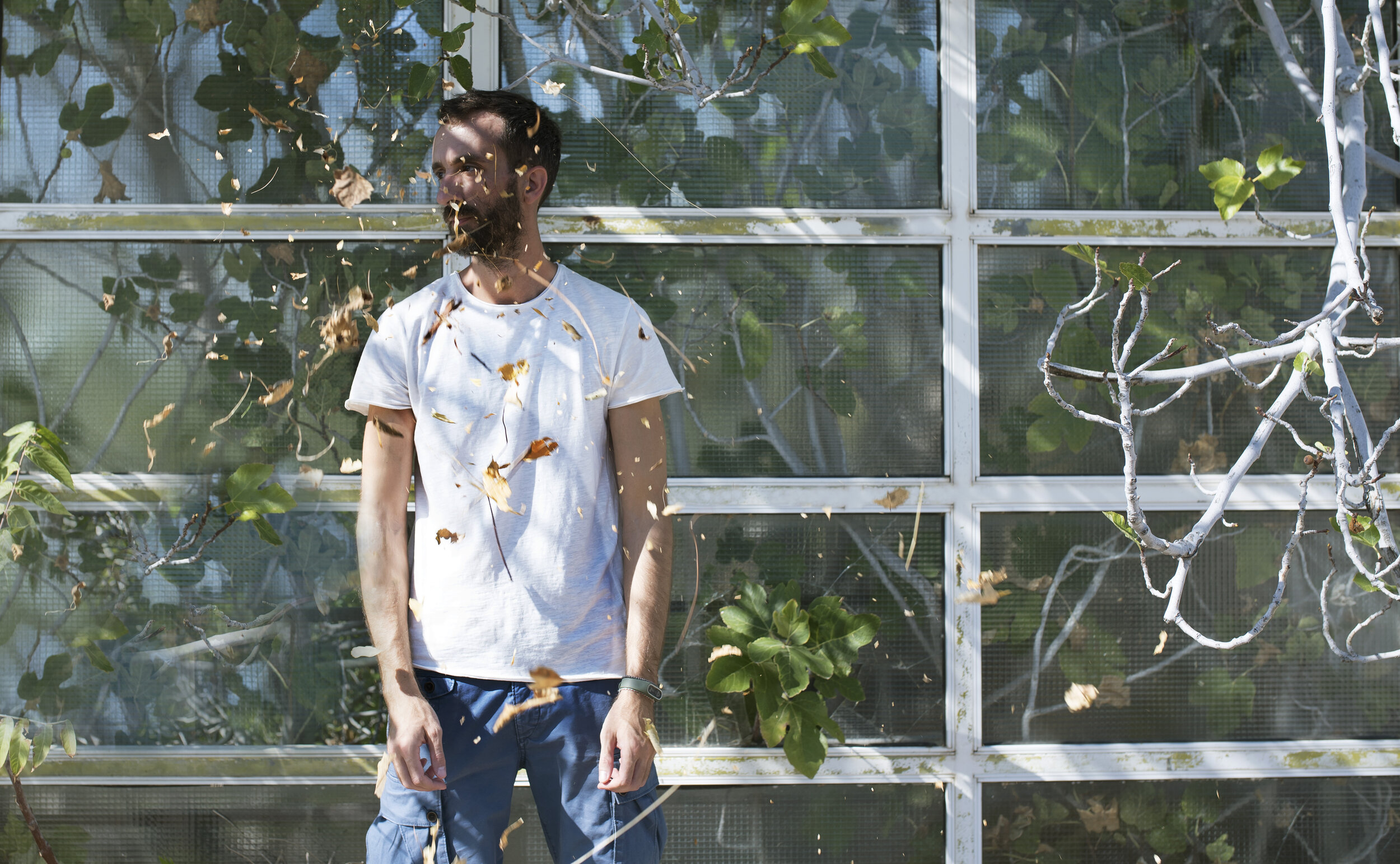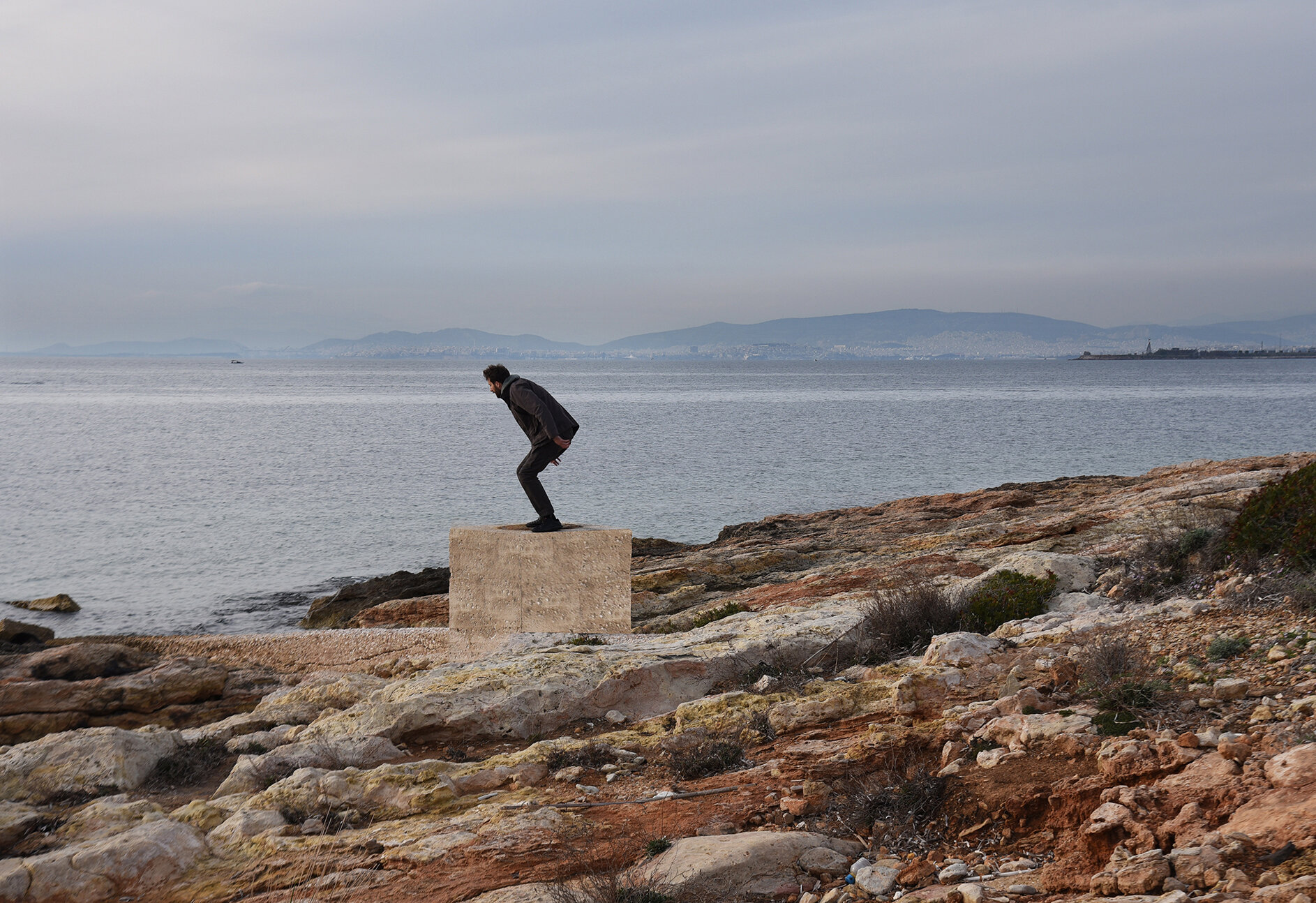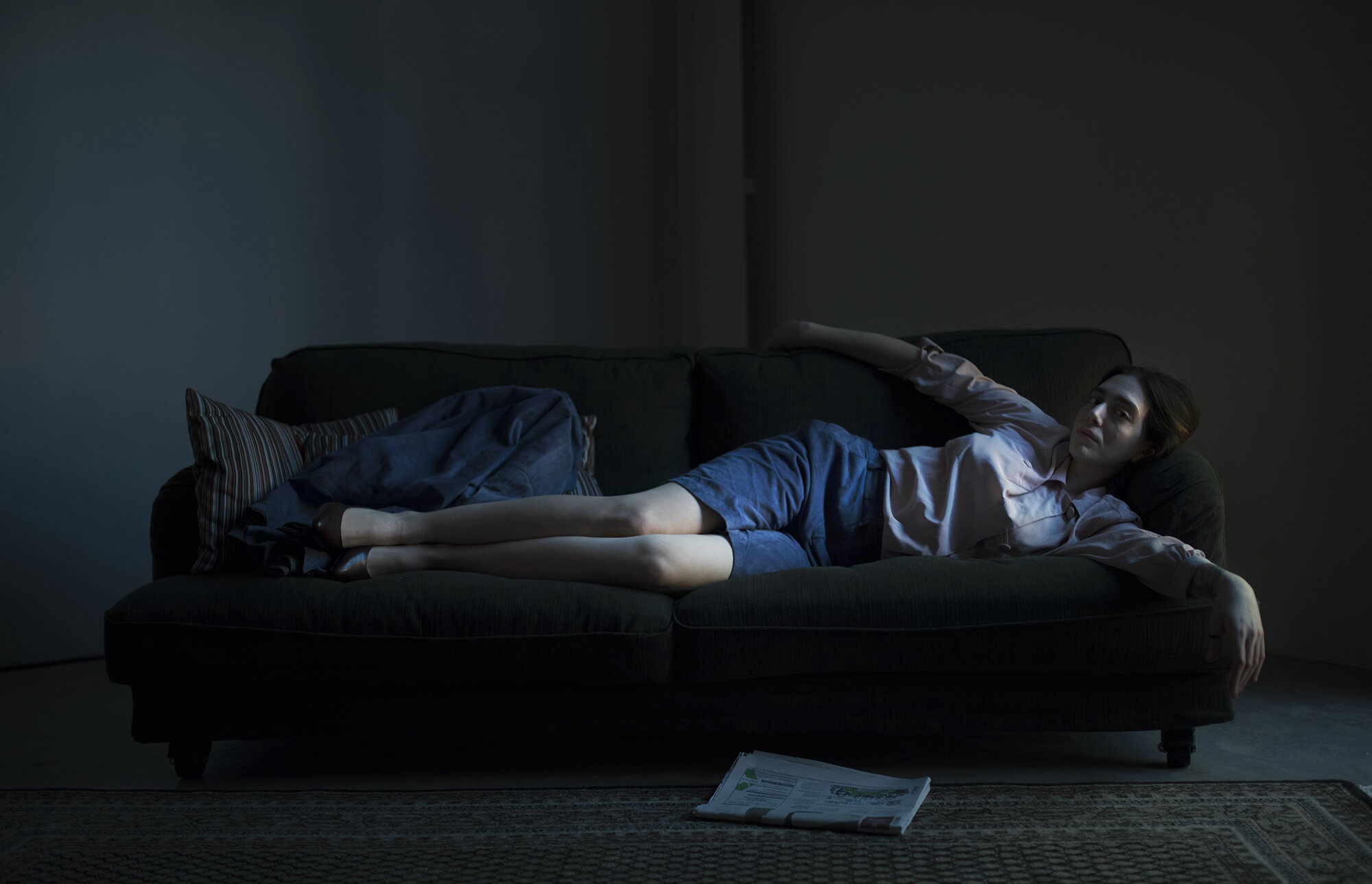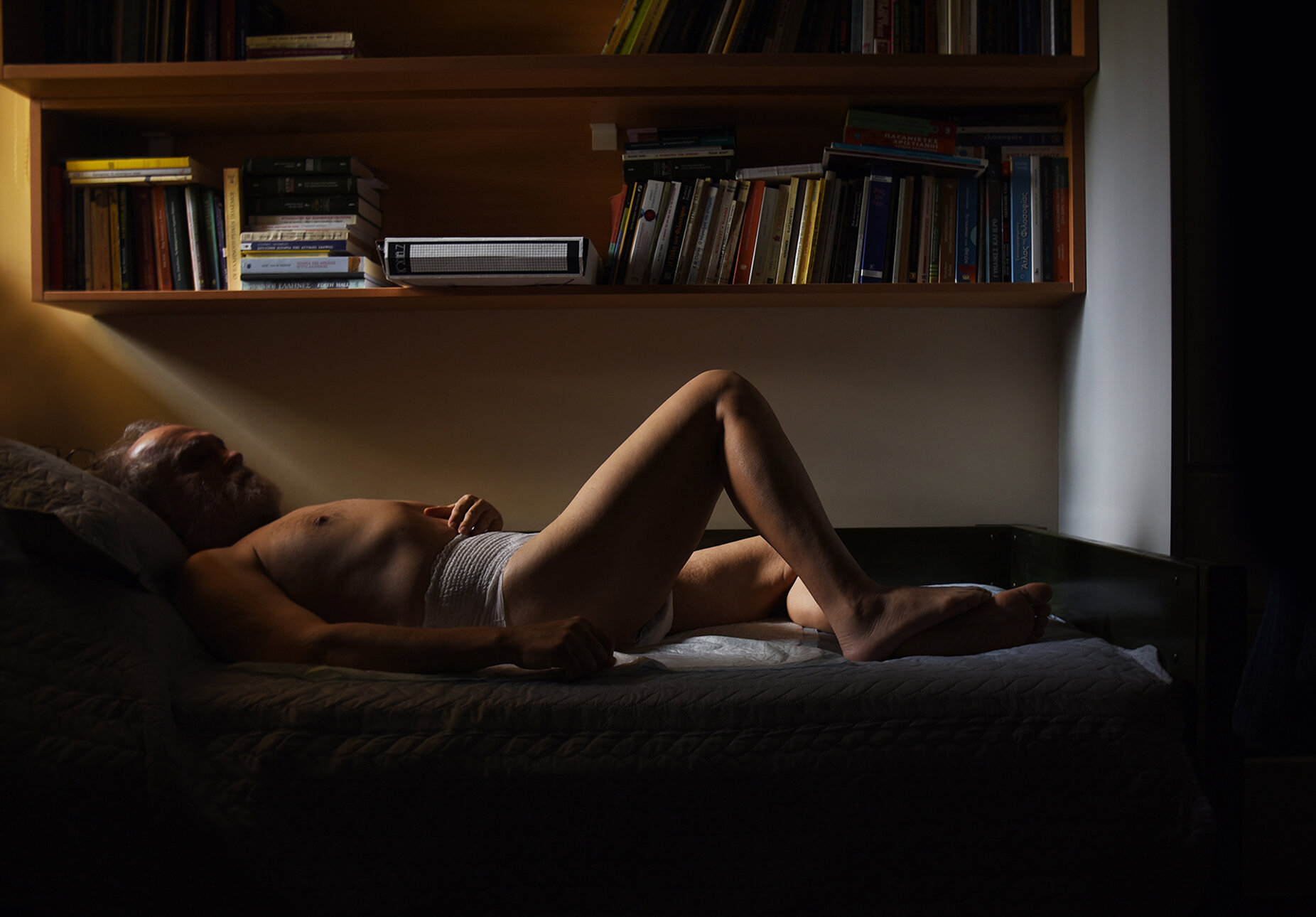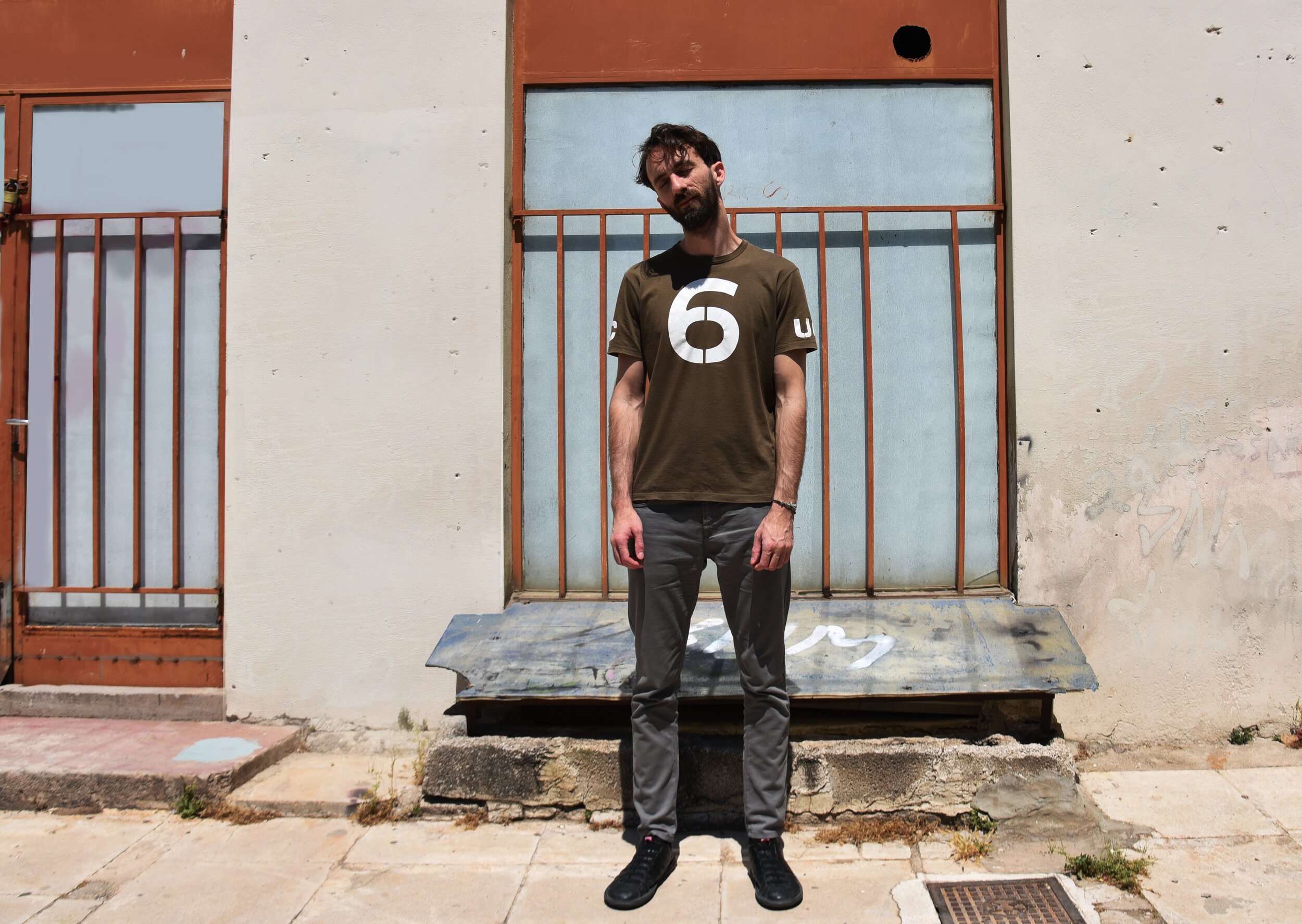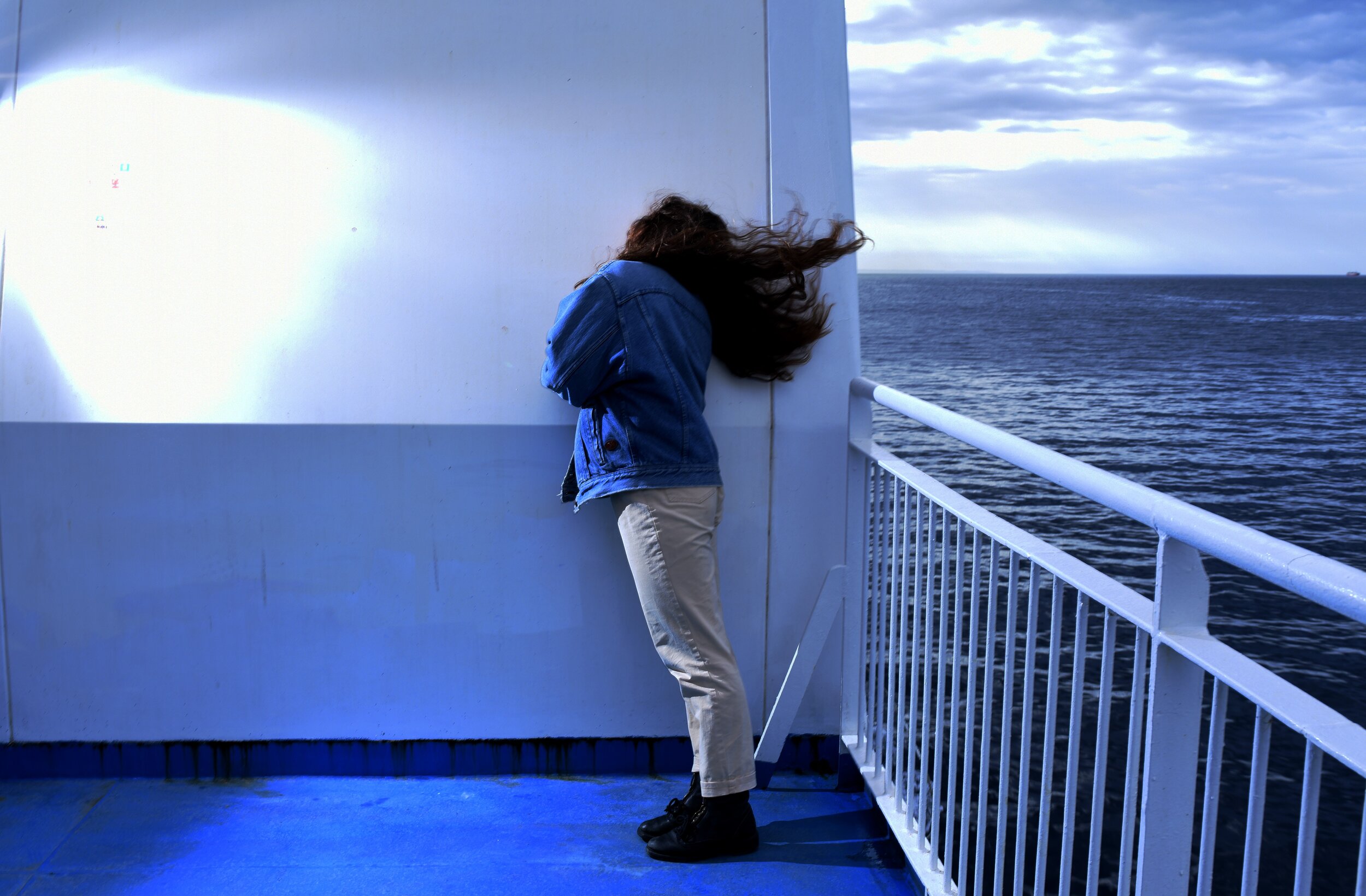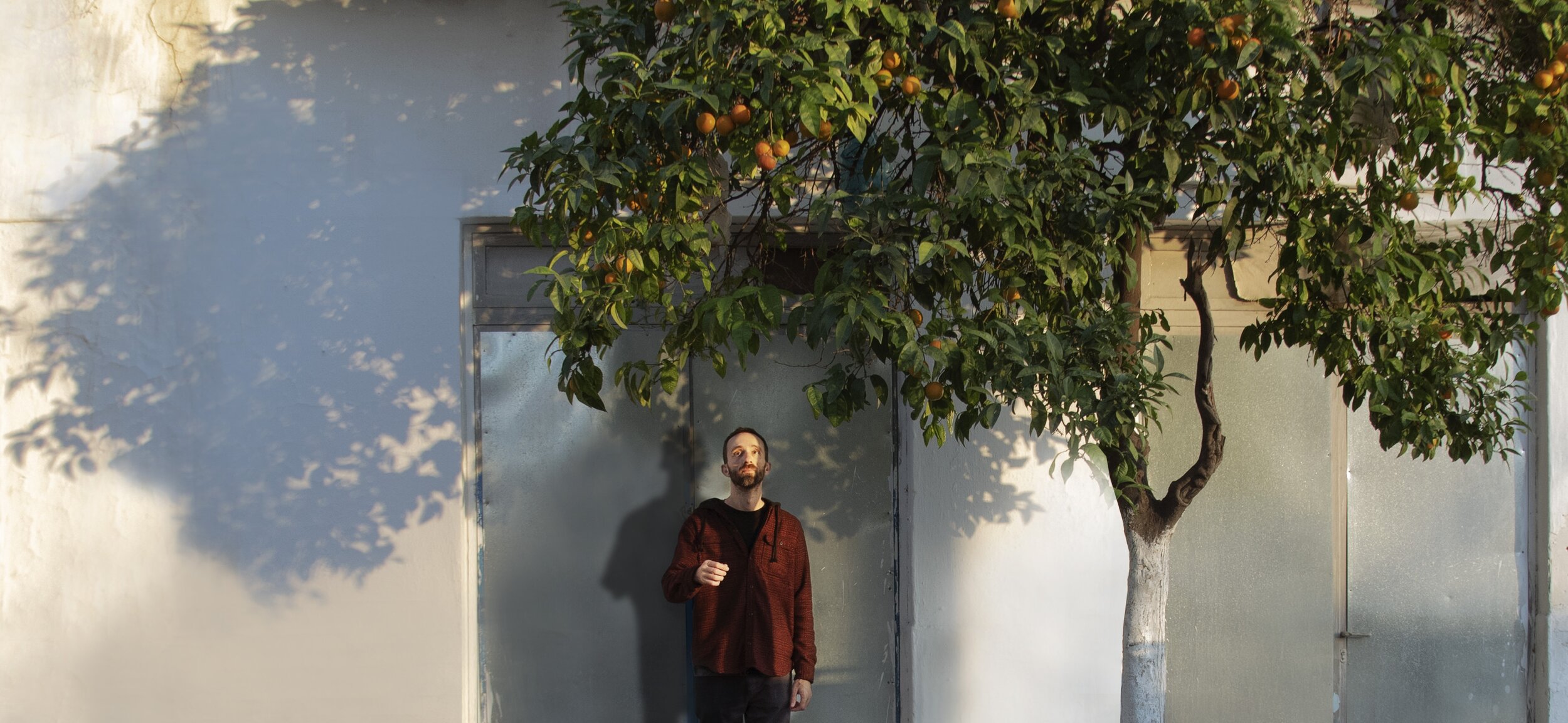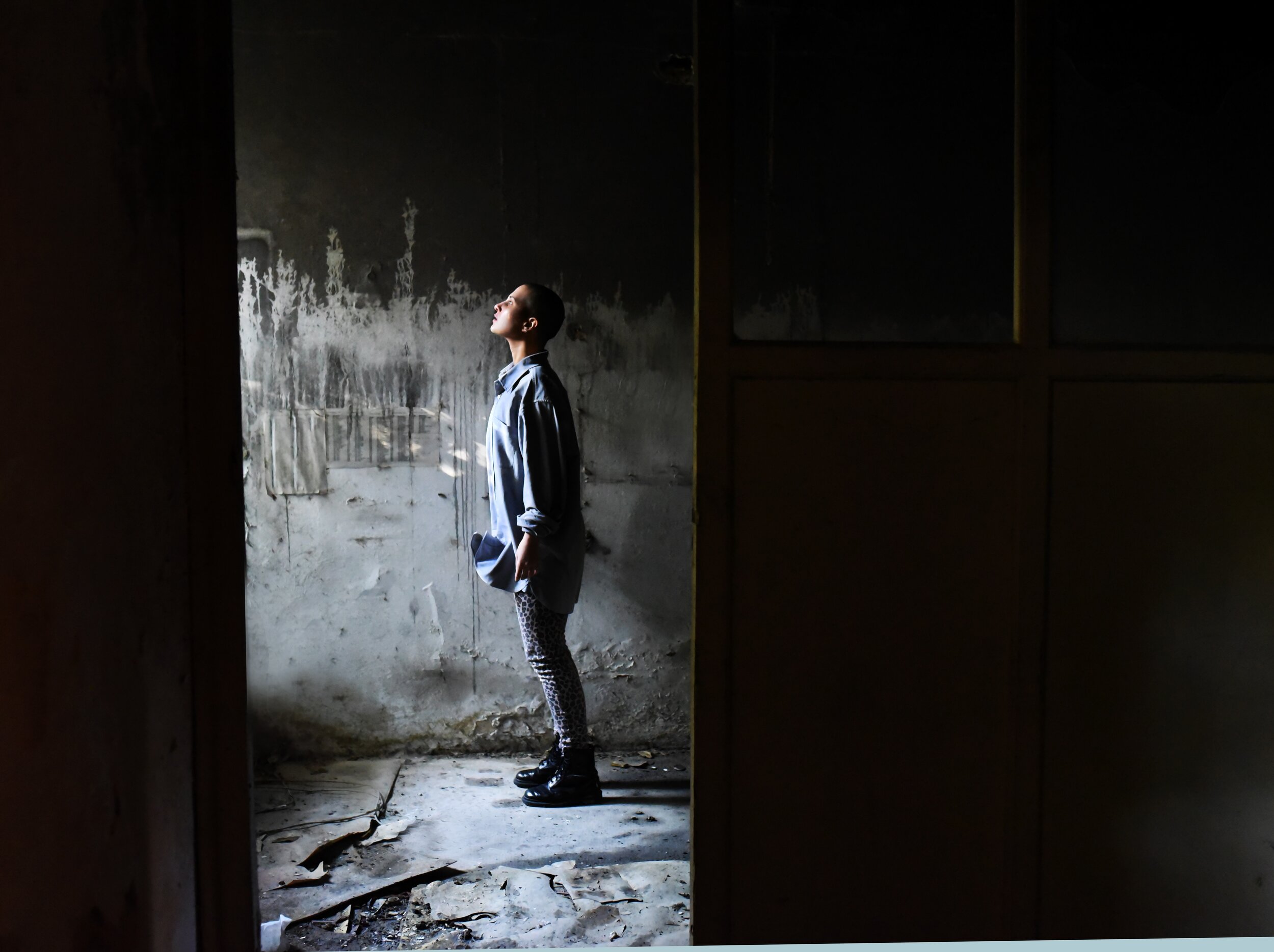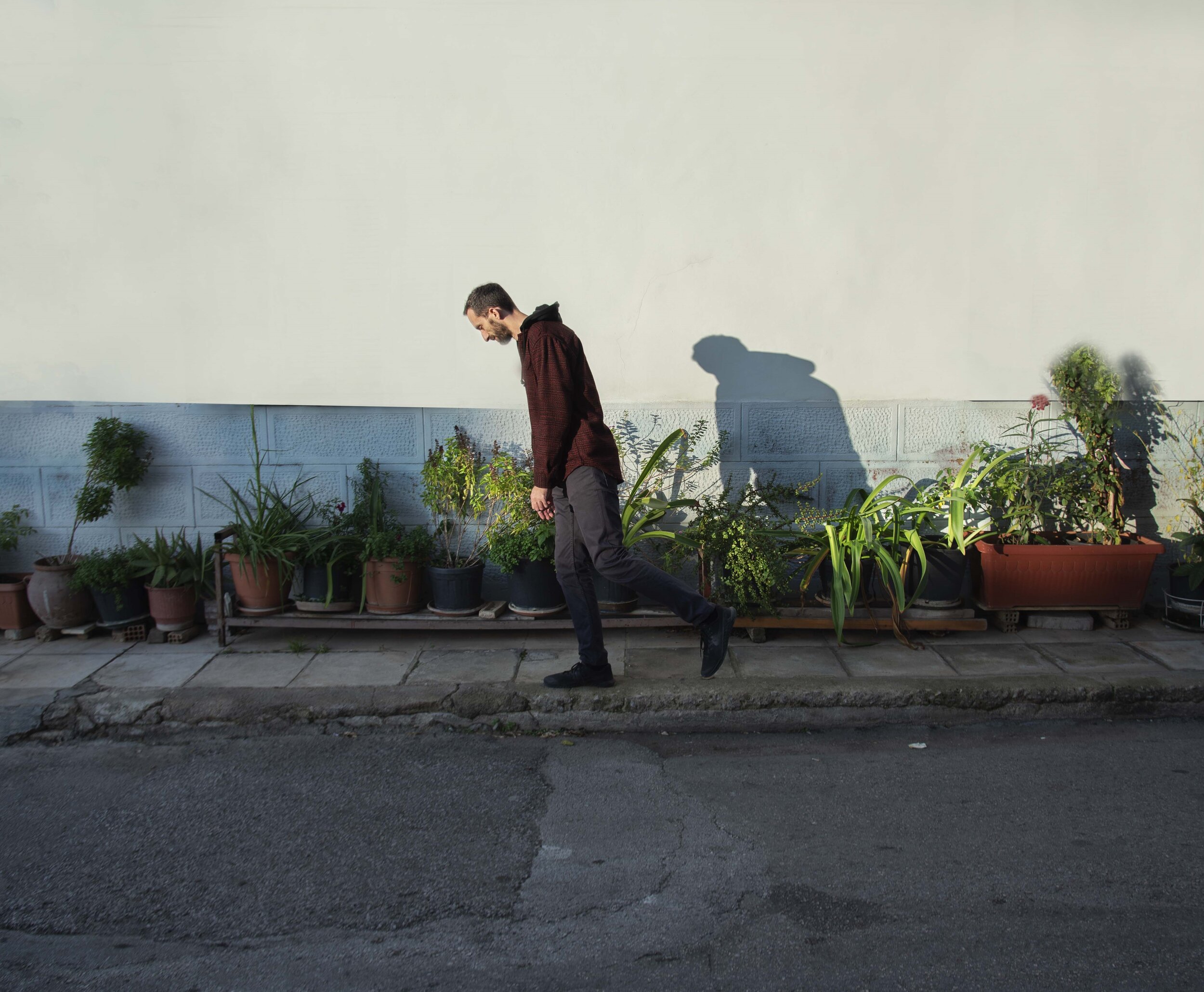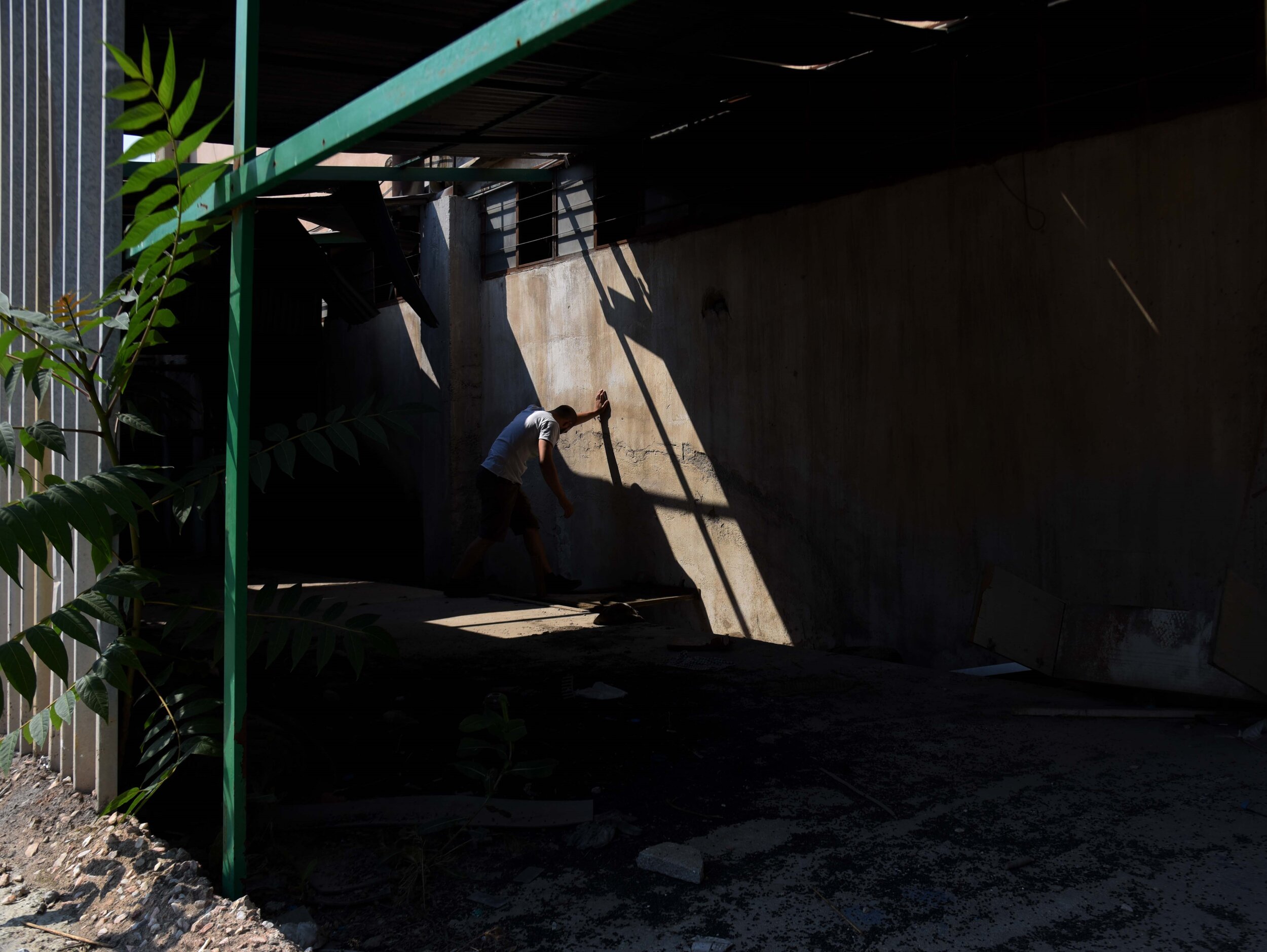Interview with Angeliki Manta
Angeliki Manta studied architecture with her Master degree completed in UK, in University of Manchester. Her involvement with photography began in 2016 where she started attending various photography seminars. She is currently attending a Master in Photography and Visual Language in Akto College, Greece.
As a visual artist, she is trying to interpret and imprint the relation between Soul and Human Body. Her work makes use of the human form against the backdrop of natural and architectural landscapes. She is interested in the ''inner world'' we manifest within ourselves, rather than looking outwards.
Always experimenting with new techniques and media, as she's equally comfortable with photography and video, and uses both according to the needs of the project.
Could you please introduce yourself and tell us how you started in the arts? and your first experience in art-making?
I am a visual artist, currently based in Athens. My interests vary from architecture to scenography and photography. I have studied Architecture in UK and at the moment, I am attending a Master in Photography and Visual Language. Furthermore, I attend also scenography courses as I strongly believe in mixed media techniques.
The first experience in art -making started in 2013, in my year out in Paris. I was working in an architecture office and the only free time I had was on weekends. Since I wasn’t familiar with the city (and I didn’t know anyone), I thought it would be useful for me to take advantage of my accommodation and visit as many museums as possible. This was the time when I bought my first Nikon D3200. Rather than photographing buildings (as anyone would expect me to do, since I was an architecture practitioner), I was wandering on outdoor museums photographing statues in the gardens. The goal was to capture life within them, and reveal it through my lens. I was trying to transform them into humans, through their various facial expressions. When my contract ended I returned to Greece, and one of the first things I did was to attend a photography seminar in Hellenic Centre of Photography. This was when my involvement with photography started.
How would you describe yourself and your artwork?
The idea behind my artwork, is a notion which is very vague and differently interpreted by everyone: the Soul in relation to Body and the ways I can explore this relation as a visual artist.
In order to manage to imprint the above visually, I try to support my concept within a theoretical framework (which isn’t necessarily focussing on arts only). Hence my field of research becomes more specific, and focuses on two common Human Soul “characteristics”: The notion of Drive and Fantasy (as both described by Jacque Lacan).
Through my photos, the attempt is to reveal the “inner world” we manifest within ourselves rather than looking outwards. The balance and imbalance between the Soul and the “centre of gravity” of the Body. The transition from a state of innocence (where Soul coincides with the “centre of gravity”), to a state of transcendental knowledge, where Soul does not fully coincide with the “centre of gravity” and our inner world makes its presence stronger than ever. Maybe the quest after this oscillation is to return to a new kind of innocence.
Personally, I constantly try to maintain the balance between my Body and my Soul as I am not fully reconciled with none of them. For this reason, I chose to work on this subject.
Where do you get your inspiration from?
My inspiration comes not only from the field of photography. Scenography (or else theatre making), is a field which gives you the opportunity to do different things. You can visualise the space, your feelings and memories through maquettes , mood boards or even objects. I try to attend to various performances where stories unfold on stage and things are expressed rather than described. Where feelings left untold and is up to the spectator to interpret them. Thus, I would say that my inspiration comes mostly from there.
Except this, I read all kind of books (arts, psychology e.t.c) and I watch as many movies I can, as I want the cinematic element to be obvious in my work.
Artists who have inspired me are: Theodoros Aggelopoulos, Bill Viola, Jullia Fullerton- Batten, Eija-Liisa Ahtila, e.t.c
And most important: Sometimes inspiration comes from pictures of our everyday routine.
What emotions do you hope the viewers experience when looking at your art?
This is different to everyone. As my scenography rapporteur tells me: Through an artwork (a performance, a photography e.t.c) the important things are the ones which are left untold and is up to the viewer to decode them. For this reason, the challenge is not to provide all the information (otherwise it would be boring). The viewer has to discover the rest by him/herself.
When do you know that an artwork is finished?
At the moment, I feel that my artwork is not finished yet.
What has been the most exciting moment in your art career so far?
The most exciting moment in my art career so far, was when I had participated in a group photography exhibition in 2017, in Benaki Museum in Athens.
How long does it take to produce one work?
Just because the concepts I chose to focus have a lot of research and experimenting before I conclude to the pictures which depict them best, sometimes it can take years.
What exciting projects are you working on right now? Can you share some of the future plans for your artwork?
Once my work is completed, my plan is to produce a photobook.
Do you have any upcoming events or exhibitions we should know about?
The goal is to organize and make a solo exhibition in 2020.
Where do you see your art going in five years?
To a point where I can find it both intellectually and financially satisfying and fulfilling.
Website: https://angeliki-manta.format.com/
Instagram: https://www.instagram.com/myangelsdust/
Facebook: https://www.facebook.com/aggelikh.mnt



